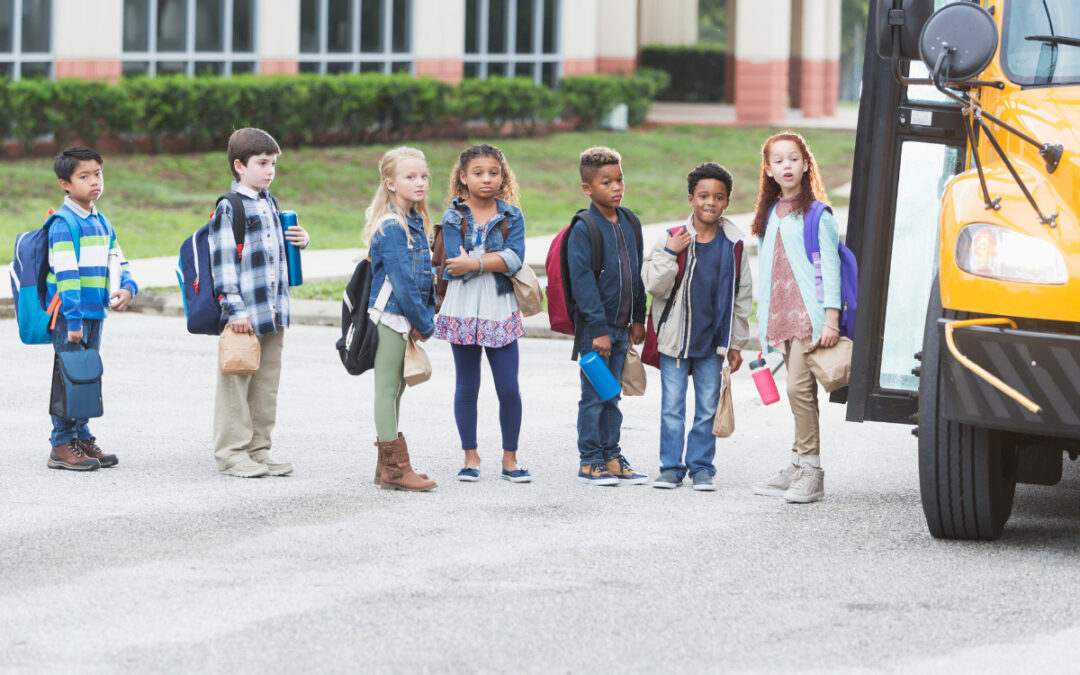
#image_title
Long-range plans to overcome long lack of investment even drawing attention from Biden, Sanders, Trump
When voters in eastern Racine County go to the polls on April 7 — or fill out their absentee ballots — they will decide the fate of one of the largest school referenda in state history, a massive 30-year, $1 billion support package.
The funding, divided annually through the 2050 school year, would prop up the Racine Unified School District, which has for years been rated poorly by the state Department of Public Instruction’s district report cards. Taxpayers are voting on whether to let the district exceed its annual revenue limit by $18 million through the 2024-25 school year, $22.5 million for the 2025-26 through 2028-29 school years, and $42.5 million for the 2029-30 through 2049-50 school years.
The total exceeds $1 billion, though that would not come with a tax rate increase for local property owners, as the referendum would replace expiring debt.
Schools have increasingly turned to referenda in the past two decades, and Milwaukee Public Schools, which also has a referendum on ballots, says 97 percent of Wisconsin school districts have successfully turned to voters for more funding since 1993. State Republicans exacerbated the problem by cutting or diverting about $4 billion from public schools for much of the last decade. Voucher programs have taken hundreds of millions from public schools as well.
In Racine, the reality is harsh: Enrollment is dropping, programs are falling behind, and the average school building age is 79.
“We have buildings that we’re still educating students in that were built when Lincoln was president,” said RUSD Chief Operations Officer Shannon Gordon. “Although they can be beautiful and historic on the outside, it doesn’t necessarily facilitate the way we instruct kids today.”
The district’s long-term planning calls for the closure of nine buildings and the construction of five new ones. But the referendum is not just for those buildings; RUSD says that the funding will go toward each of its nearly 30 schools.
“We want to make sure that we’re rightsizing our buildings, that we’re providing the best learning environment for our kids,” Gordon said.
Heavy investments would be put into STEM learning, international baccalaureate program expansion, safety, technology, and Americans with Disabilities Act compliance.
Racine Alderman Trevor Jung, a graduate of RUSD’s Case High School, was elected to the City Council in 2018 at age 22, becoming the city’s youngest elected official since the 1860s. Without his public education, he said, he would not have accomplished what he has. He said he is in full support of the referendum, adding that it’s common sense for it to pass.
“What type of public policy position can you look at, and you can see John Batten (the Republican CEO of Racine company Twin Disc) and Helen Johnson-Leipold (the Republican CEO of Racine company Johnson Outdoors) support the same thing that Bernie Sanders supports?” Jung said.
In unusual moves, Democratic presidential candidates former Vice President Joe Biden and Sen. Sanders, I-Vermont, endorsed both the Racine and Milwaukee referenda. Batten and Johnson-Leipold endorsed the Racine referendum on Thursday in a joint commentary in the Racine Journal Times. Democratic Racine Mayor Cory Mason also “wholeheartedly” endorsed it.
In response to Biden’s endorsement, President Donald Trump’s re-election campaign falsely claimed Biden was supporting a tax increase.
“The success of a community is dependent on its public schools,” said state Rep. Greta Neubauer, D-Racine, who supports the referendum. “Racine used to be known for the strength of its public schools, but as of late, I think we have been letting down our young people.”
Districts are putting referenda on ballots at the highest rate since the 1990s, according to an October 2018 Wisconsin Policy Forum report that found “school districts seeking referenda have been more likely to be rural districts” but also that voters were approving referenda more often. Last April, residents approved 75 percent of the referenda throughout the state.
In total, 57 referenda are on ballots for this election. While Racine’s carries the largest single price tag of any referendum in state history, Milwaukee Public Schools’ ballot question — which would raise the revenue limit by $87 million annually from the 2023-24 school year and on — does not have an end date. Through the 2050-51 school year, it would cost voters about double Racine’s.
Part of the reason RUSD decided to include all schools in one referendum is to increase equity, Gordon said. The district did not want the possibility of needed upgrades coming to some schools and not others.
“By no means does this fund everything we need to do, even though it’s a lot of money,” Gordon said. “It really allows us to move the dial.”
If the referendum does not pass, there could be negative consequences for years to come, she said.
“The referendum not passing creates an opportunity to further the inequity that many of our families feel in this community,” Gordon said. “And as a district and community, we will have to make some very difficult choices about our priorities and where we’re able to spend our funding.”

Banned Book of the Month: ‘Shine’ by Madison’s Lauren Myracle
More than 10,000 books were banned across America last school year, and Wisconsin is one of the worst offenders. At least 450 titles have been...

The 10 cheapest colleges in Wisconsin
Looking for an affordable way to continue your higher education without breaking the bank? Check out the 10 cheapest colleges in Wisconsin to get...

Opinion: Dear legislative Republicans, we’ve already paid for education. Cut the check.
Former State Representative LaKeshia Myers urges lawmakers to provide equitable funding for public schools. Wisconsin's K-12 schools continue to...

Banned Book Reading List: 10 titles to read, or re-read, this spring
As Republicans continue to challenge the books on shelves at local libraries, neighborhood schools, and small booksellers, we asked three local...




